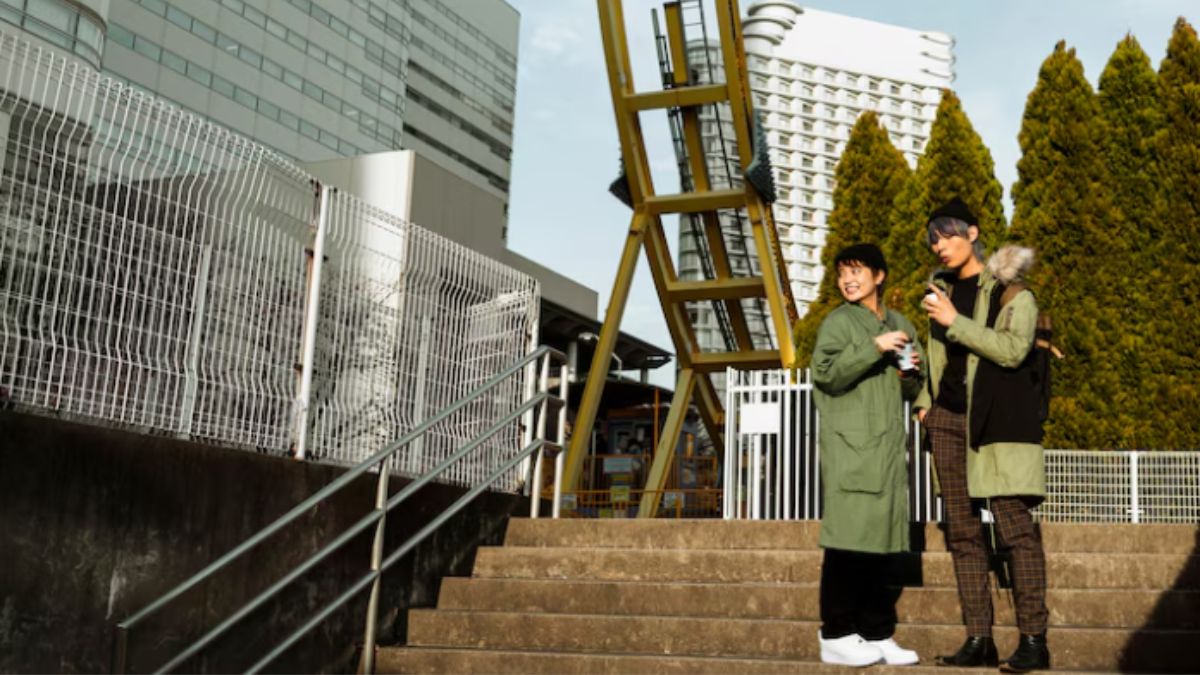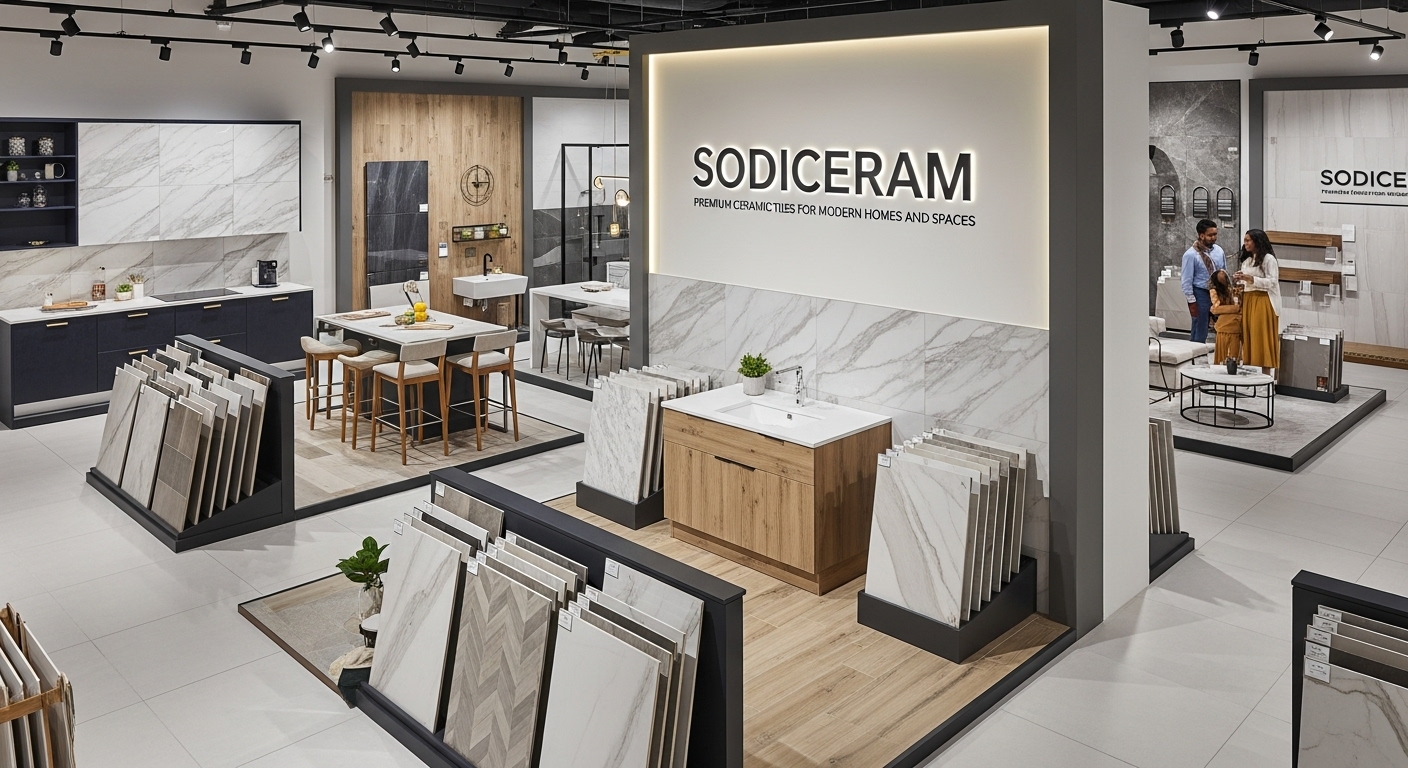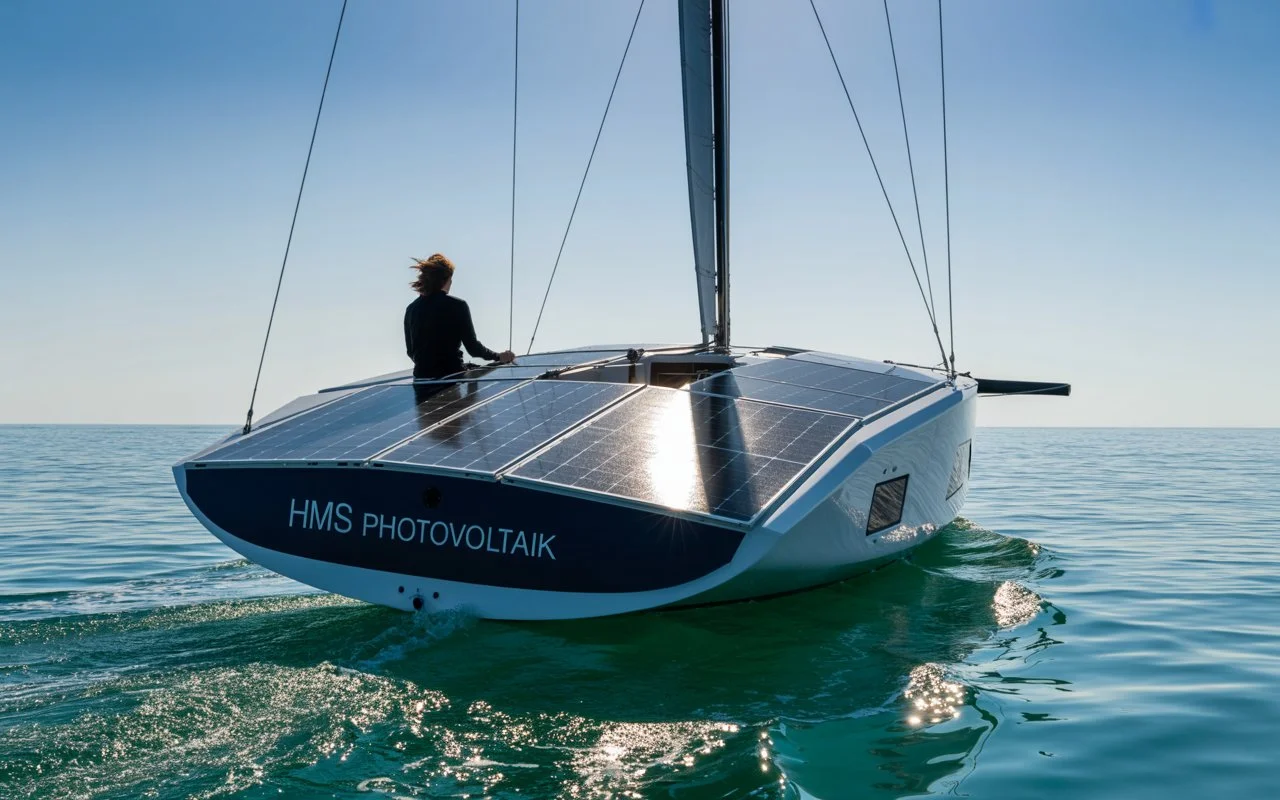1. Introduction
Modern cities are evolving at a rapid pace, but with growth come new challenges such as pollution, traffic congestion, lack of green spaces, and the need for sustainable living. People want cities that not only support economic activity but also provide clean air, comfort, and safety. This is where Axurbain enters the conversation — a modern vision that aims to redesign urban life around sustainability, smart technology, and people-centered planning.
The term “Axurbain” reflects the fusion of two ideas: “Ax” (axis, direction, or focus) and “urbain” (the French word for urban). Together, they express a focused direction for future cities — a clear axis towards sustainable and livable urban environments. This article explores Axurbain in detail: what it stands for, how it works, its benefits, and how cities and planners can apply its principles.
2. What is Axurbain?
Axurbain is both a concept and a philosophy that focuses on re-imagining urban life. It emphasizes a balance between technology, sustainability, and human well-being. Unlike traditional urban development that prioritizes infrastructure or vehicles, Axurbain places people and nature at the center of the design process.
Historically, the Axurbain idea emerged from the global need to modernize cities responsibly — creating smart, digital, and eco-friendly environments that reduce carbon emissions while improving quality of life. While many “smart city” initiatives exist, Axurbain distinguishes itself by merging technological advancement with cultural identity, ecological awareness, and community integration.
In essence, Axurbain is not just about technology but about harmony — where digital systems, green infrastructure, and social interaction coexist seamlessly.
3. The Name and Philosophy Behind Axurbain
The name Axurbain itself tells a story. “Ax” represents focus, innovation, and direction, while “urbain” means “urban.” This combination signals a focused approach toward the evolution of modern cities.
Axurbain is built on three guiding values:
- Human-Centered Design: Cities should serve people first — ensuring comfort, accessibility, and inclusivity.
- Sustainability: Urban environments must respect natural systems and reduce pollution, waste, and carbon emissions.
- Technology as an Enabler: Smart technologies should simplify life, improve safety, and make systems more efficient without dominating human interaction.
These values together form the philosophy of Axurbain — a movement towards livable, responsive, and future-proof cities.
4. Core Pillars of Axurbain
The foundation of Axurbain rests on five key pillars that make this vision both practical and adaptable.
4.1 Smart Technology & Digital Integration
Axurbain integrates advanced digital systems like IoT (Internet of Things), AI (Artificial Intelligence), and real-time data monitoring to enhance city management. From traffic control to waste management, digital integration allows cities to become more efficient, transparent, and responsive.
For example, smart lighting systems adjust brightness based on activity levels, and digital twins simulate entire cities for better planning and maintenance.
4.2 Sustainable Architecture & Green Infrastructure
Sustainability lies at the heart of Axurbain. Buildings are designed with eco-friendly materials, renewable energy sources, and green elements such as rooftop gardens and vertical forests. These designs not only reduce pollution but also improve aesthetics and air quality.
A comparison of traditional vs. Axurbain-style construction is shown below:
| Feature | Traditional Urban Model | Axurbain Model |
|---|---|---|
| Energy Source | Fossil fuels | Solar, wind, and renewable energy |
| Building Materials | Concrete-heavy | Recycled and green-certified materials |
| Design Focus | Functionality | Environmental balance and aesthetics |
| Green Spaces | Limited | Integrated parks, roofs, and vertical gardens |
4.3 Human-Centered Urban Planning
Instead of focusing only on vehicles or industries, Axurbain focuses on people’s daily experiences. Public spaces are designed for community interaction, walkability, and accessibility. It promotes mixed-use neighborhoods where people can live, work, and relax without long commutes.
4.4 Mobility and Connectivity
Axurbain encourages sustainable transport solutions like electric vehicles, bicycles, and efficient public transit systems. Streets are made safer and more walkable, and mobility hubs connect different modes of transportation smoothly.
4.5 Adaptability & Future-Proofing
Cities evolve constantly. Axurbain promotes adaptable systems that can grow with technology and population changes. Modular designs and flexible infrastructure make it possible to update or expand without massive disruptions.
5. How Axurbain Works in Practice
Axurbain can be applied across multiple sectors of city life:
- Urban Infrastructure: Smart grids, energy-efficient lighting, and advanced waste management systems create self-regulating cities.
- Architecture & Real Estate: Buildings designed using Axurbain principles consume less energy and promote natural ventilation and light.
- Community Development: Spaces encourage participation, events, and cultural inclusivity.
- Transport: Smart sensors monitor traffic, while shared mobility apps optimize commuting.
For instance, an Axurbain neighborhood might feature solar-powered bus stations, AI-managed waste disposal, and parks with Wi-Fi-enabled seating areas — blending convenience with sustainability.
6. Benefits of Adopting Axurbain
Adopting the Axurbain model brings significant benefits for all stakeholders:
- For Residents: Healthier environments, cleaner air, safer streets, and stronger community bonds.
- For Governments: Reduced energy costs, smarter governance, and improved resource management.
- For Businesses: Market value from eco-friendly branding and lower operational expenses.
- For the Environment: Lower emissions, better waste recycling, and biodiversity restoration.
In short, Axurbain supports a win-win approach where both people and nature benefit from intelligent city design.
7. Challenges and Limitations
Despite its promising vision, Axurbain faces several challenges. Integrating smart systems into existing infrastructure requires heavy investment. Data privacy and cybersecurity are also critical issues in smart city frameworks. Moreover, balancing modernization with affordability is essential to ensure social equity and avoid gentrification.
Successful Axurbain implementation demands strong governance, transparency, and community collaboration to prevent exclusion and inequality.
8. Real-World Inspiration and Case Studies
While large-scale Axurbain-labeled projects are still developing, many cities reflect its philosophy:
- Copenhagen, Denmark – uses green mobility and carbon-neutral design.
- Singapore – applies smart data systems and urban greenery.
- Amsterdam – focuses on energy efficiency and circular economy models.
These cities, although not branded as Axurbain, embody the same goals of smart, sustainable, and livable environments.
9. How to Apply Axurbain Principles
Different groups can apply Axurbain ideas in practical ways:
- Urban Planners: Create zoning laws that favor mixed-use developments and sustainable mobility.
- Architects: Design energy-efficient, adaptable buildings.
- Businesses: Support eco-innovation, urban furniture, and local green startups.
- Residents: Participate in community projects and sustainability programs.
The idea is not just to build smarter cities but to live smarter within them.
10. Future Outlook and Trends
The future of Axurbain looks promising. As technologies like AI, AR, and IoT advance, cities can become even more intelligent and connected. Climate change, population growth, and digitalization will continue to shape urban life, making Axurbain principles more essential than ever.
In coming years, we may see Axurbain-inspired micro-cities, self-sustaining districts, and carbon-neutral communities that redefine how humans and technology coexist.
11. Conclusion
Axurbain represents a forward-thinking model for urban development — one that brings together sustainability, innovation, and human values. It’s more than just a design idea; it’s a roadmap to a better urban future. By adopting Axurbain principles, cities can become cleaner, smarter, and more inclusive, ensuring that future generations inherit a world that thrives in balance with nature.
Other Articles
HMS Photovoltaik – Complete Solar Power Solutions by HMS Umwelttechnik GmbH
Seekde – The Complete and Easy Guide














Leave a Reply